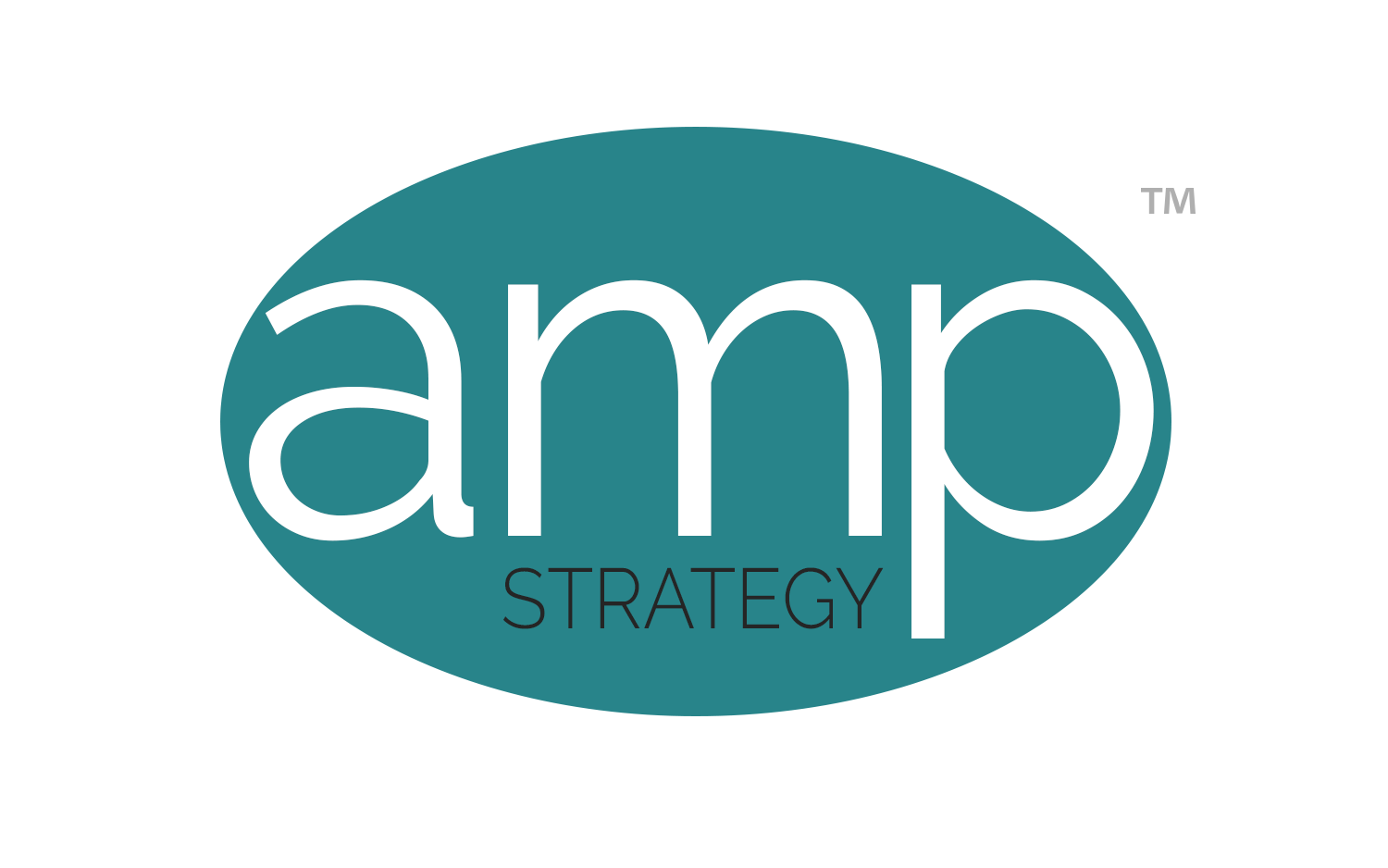In the ever-evolving landscape of digital marketing, staying ahead is not just an advantage – it's a necessity. With Meta Ads, formerly known as Facebook Ads, emerging as a powerhouse platform for reaching target audiences, understanding the nuances of its advertising ecosystem has become paramount for businesses striving to stand out digitally. As businesses navigate the details of digital advertising, our quick guide below aims to demystify the process, providing actionable insights and strategies to see the full potential of Meta Ads. From optimizing your ad creatives to navigating the intricacies of audience targeting, we delve into each step — with a focus on results.
Lead Times:
Start Early:
Begin planning your Meta ad campaign well in advance to ensure a thorough strategy and execution plan.
Aim to start at least 4-6 weeks before the campaign launch to accommodate unforeseen delays.
Research and Targeting:
Spend time researching your target audience on Meta platforms.
Utilize platform analytics to understand user behavior and preferences for better targeting.
Budget Planning:
Allocate budget based on campaign goals and expected reach.
Test smaller budgets initially to gauge ad performance before scaling up.
Creative Elements:
Eye Catching Visuals
Use high-quality and engaging visuals to grab attention in a competitive environment.
Ensure that images comply with Meta's ad guidelines.
Branding Consistency:
Maintain consistent branding elements across all creatives to reinforce brand identity.
Use recognizable colors, fonts, and logos to enhance brand recall.
Mobile Optimization:
Design creatives with mobile users in mind, as a significant portion of Meta's audience accesses the platform via mobile device.
Video Content:
Incorporate video content when possible, as it tends to perform well on Meta platforms.
Keep videos concise and ensure they are optimized for mobile viewing.
Ads can be 5 seconds to 10 minutes long, though we generally recommend a 15 second maximum.
Highlight your message in the first 3-seconds.
Captions are optional, but recommended
Sound is optional, but highly recommended
Photos
High-quality, high-resolution photos are a must.
Utilize photos when you want to drive people to your site, when you need to create an ad quickly, and when you want to raise awareness of a product.
Graphics
Remember less text is more.
Too much copy is distracting and can lead to your ad being shown to fewer people. Images that are uncluttered by text have greater impact, so stick to the most important details.
Have a single focal point: Ensure that you’re only asking people to look at one thing. If you’re trying to include too many things in one image, consider using carousel ads or video ads.
Copywriting:
Clear and Concise Messaging:
Craft clear and concise ad copy that communicates the value proposition quickly.
Use short sentences and impactful language.
CTA (Call to Action):
Include a strong and compelling call-to-action that encourages users to take the desired action.
Test different CTAs to identify the most effective ones.
Personalization:
Leverage personalization techniques to make the ad feel more relevant to the target audience.
Use dynamic ad creative to tailor content based on user characteristics.
A/B Testing:
Conduct A/B testing on different ad creatives and copies to identify the most effective combinations.
Test variations of headlines, ad copy, and visuals to optimize performance.
Monitoring & Optimization
Analytics and Metrics:
Set up tracking and analytics tools to monitor the performance of your ads.
Regularly review key metrics such as click-through rates, conversion rates, and engagement.
Ad Schedule Optimization:
Analyze when your target audience is most active and schedule ads accordingly.
Optimize ad delivery based on peak times for engagement.
Ad Refresh:
Avoid ad fatigue by refreshing creatives periodically.
Introduce new visuals or messaging to maintain audience interest.
Responsive to Data:
Be flexible and responsive to the data. If certain creatives or copies aren't performing well, be ready to make adjustments.
Success lies in the details. From crafting compelling ad creatives to precision in audience targeting, every step is a strategic move toward achieving tangible results. As you implement these strategies, we hope to see your campaigns flourish in the competitive digital landscape! Stay ahead, stay strategic, and let your Meta Ads journey be a testament to your digital success.
